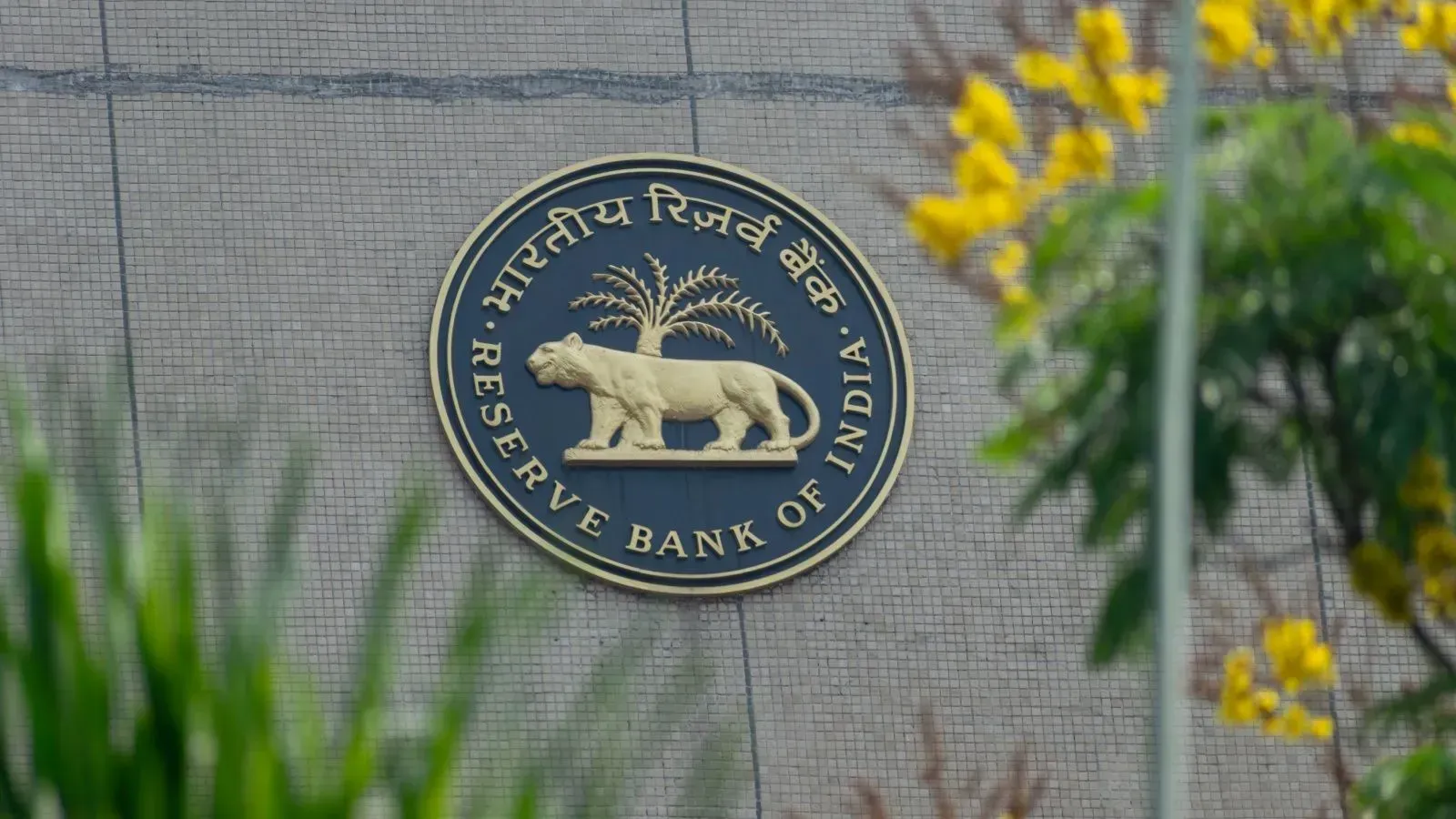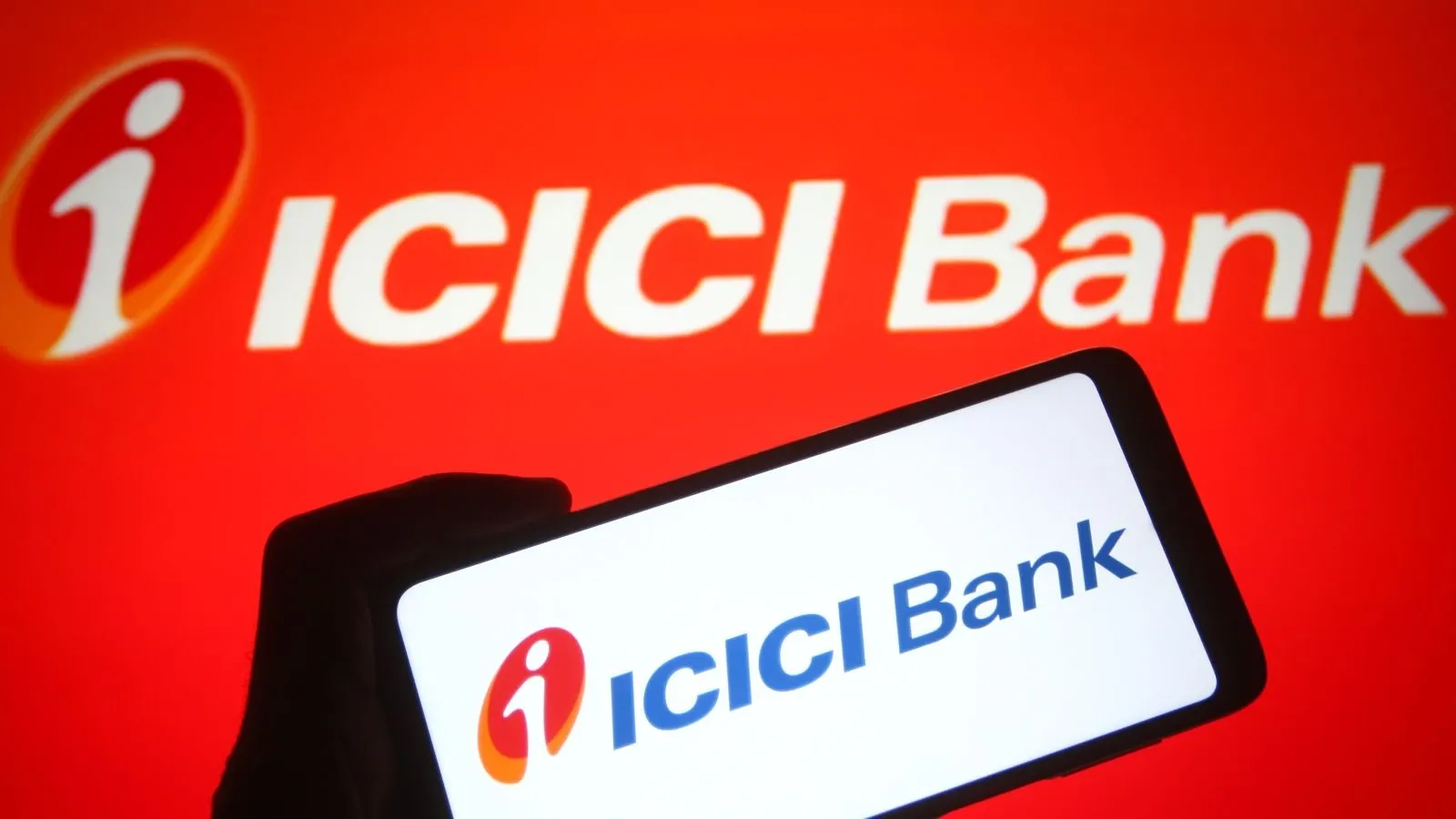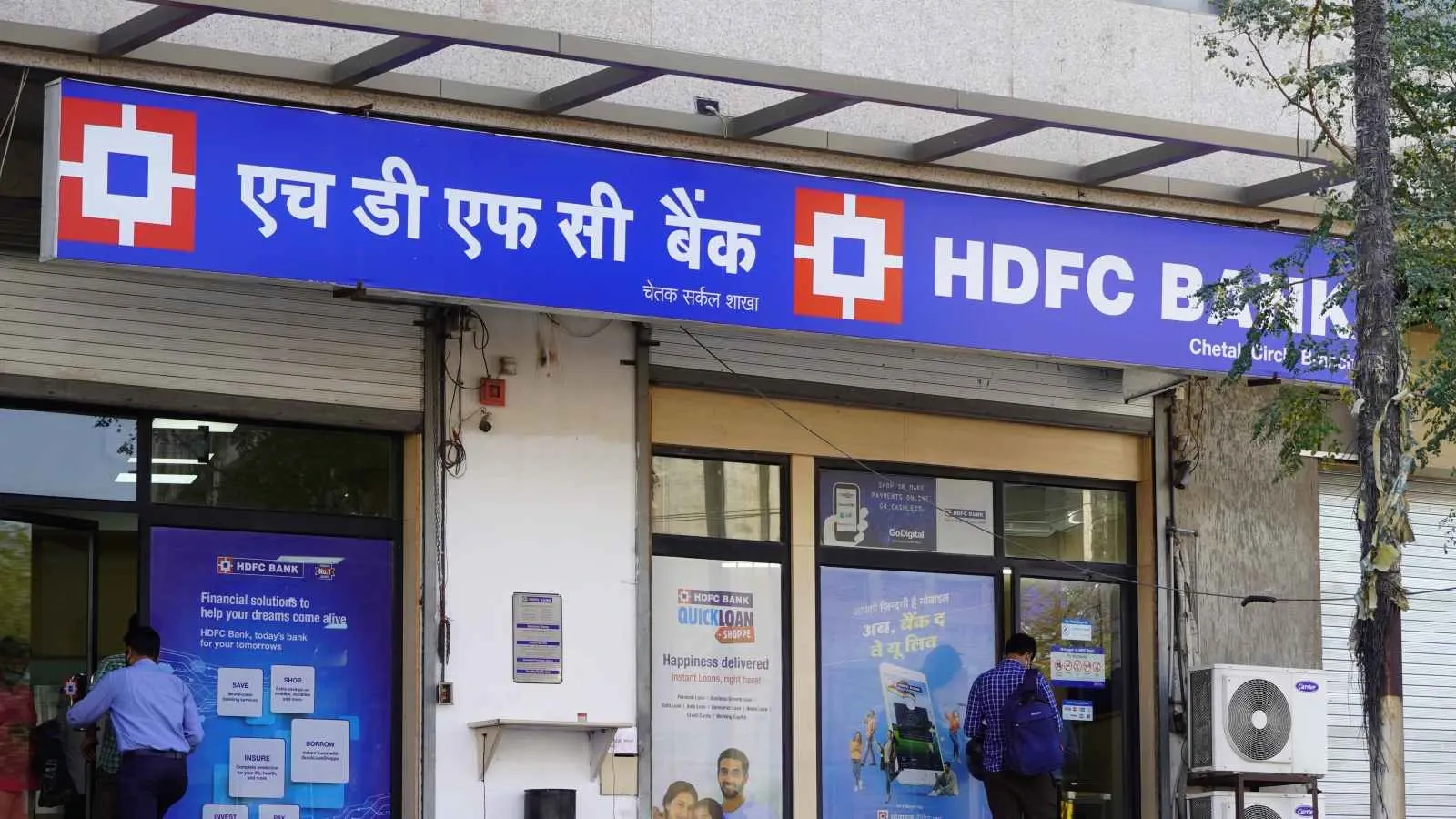Personal Finance News
Cheque clearance on the same day: How will RBI’s continuous clearing system work from October 4?

4 min read | Updated on October 03, 2025, 16:55 IST
SUMMARY
The new system will be implemented in two phases. Phase 1 starts from October 4, under which banks will confirm cheques by 7 pm or else they’ll be considered as approved. Phase 2 will begin next year, from January 3, when banks will get only three hours to confirm.

If the drawee bank fails to respond, the cheque will be deemed approved automatically.
Starting tomorrow, your cheques will be cleared within a few hours, instead of a few days.
In August, the Reserve Bank of India (RBI) introduced a faster cheque clearance mechanism aimed at reducing the settlement time to just a few hours, from up to two working days.
Currently, the banking network’s Cheque Truncation System (CTS) follows a batch-based process.
“It has been decided to transition CTS to continuous clearing and settlement on realisation in two phases. Phase 1 shall be implemented on October 4, 2025, and Phase 2 on January 3, 2026,” the RBI had said.
How does CTS work currently?
The CTS is a digital system used by banks to process and clear cheques. Under this, a cheque is scanned and sent electronically to the drawee bank instead of physical transportation.
At present, it works in batches, such as the morning batch, afternoon batch and evening batch. So, the cheques deposited before the cut-off time are included in that batch and sent for processing.
This causes delays, as if you deposit late in the day, your cheque might get processed the next business day.
What is continuous clearing?
The RBI has moved from CTS to a continuous clearing and settlement-on-realisation model under which cheques will be processed as and when they are deposited.
As per the new continuous clearing system, cheques will no longer be processed in fixed batches. Instead, banks will scan and send cheques continuously during the presentation session, between 10 am and 4 pm. Cheques will now be cleared in (almost) real-time, down from the current T+1 days.
Within this system, banks will scan and send cheques to the clearing house continuously between 10 am and 4 pm. From 11 am, banks will settle payments hourly. The clearing house, an intermediary that sits between banks and other financial institutions to make sure payments and cheques are verified, will send cheque images to the drawee bank immediately.
The drawee bank has to then accept or reject the cheque. If it fails to respond, the cheque will be deemed approved automatically and will be sent for settlement.
This will be implemented in two phases. Phase 1 starts from October 4, under which banks will confirm cheques by 7 pm or else they’ll be considered as approved.
Phase two starts on January 3, 2026, under which banks will have to confirm (accept or reject) the cheques within 3 hours.
After the settlement, the presenting banks will release the customer’s funds within one hour.
Benefits of continuous clearing
This system will provide these benefits to customers:
- Funds will be accessible within hours, instead of up to two days
- Clearing speed will be uniform across the country
- Improved efficiency of the banking system
- Simpler and transparent system
- Quick payment processing for businesses and merchants
Where will this be applicable?
This will be applicable throughout the country. The new rules cover all banks under RBI’s three clearing grids, Delhi, Mumbai and Chennai, which cover all the banks in India.
Many banks have already announced their compliance with the new system. ICICI Bank, HDFC Bank, Kotak Mahindra Bank and YES Bank, among others, have announced that the cheques of their customers will be processed within a few hours now. However, many banks have added that for fast processing, positive pay confirmation must be done.
What is Positive Pay?
Positive Pay confirmation is done when a customer re-verifies the information on the cheque electronically. This means that customers must authenticate the details mentioned on the cheque online as well. These details include account number, cheque number, beneficiary name, cheque amount and date.
The RBI only protects cheques with Positive Pay confirmation under its dispute resolution mechanism.
Trial run
The RBI conducted a special trial of the new system on October 3 to ensure a seamless implementation of the system from October 4. This will allow banks to test their systems and adequately prepare for the Phase 1 starting tomorrow.
Related News
By signing up you agree to Upstox’s Terms & Conditions
About The Author
Next Story



